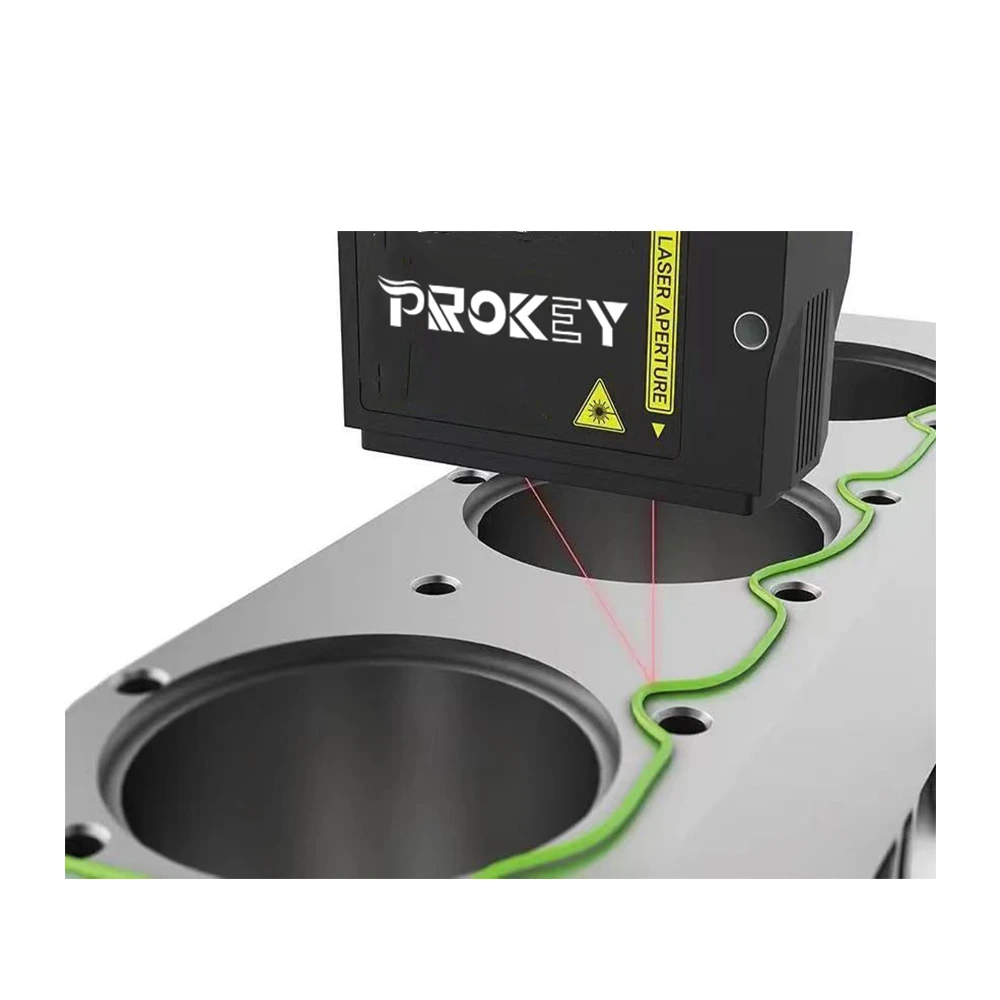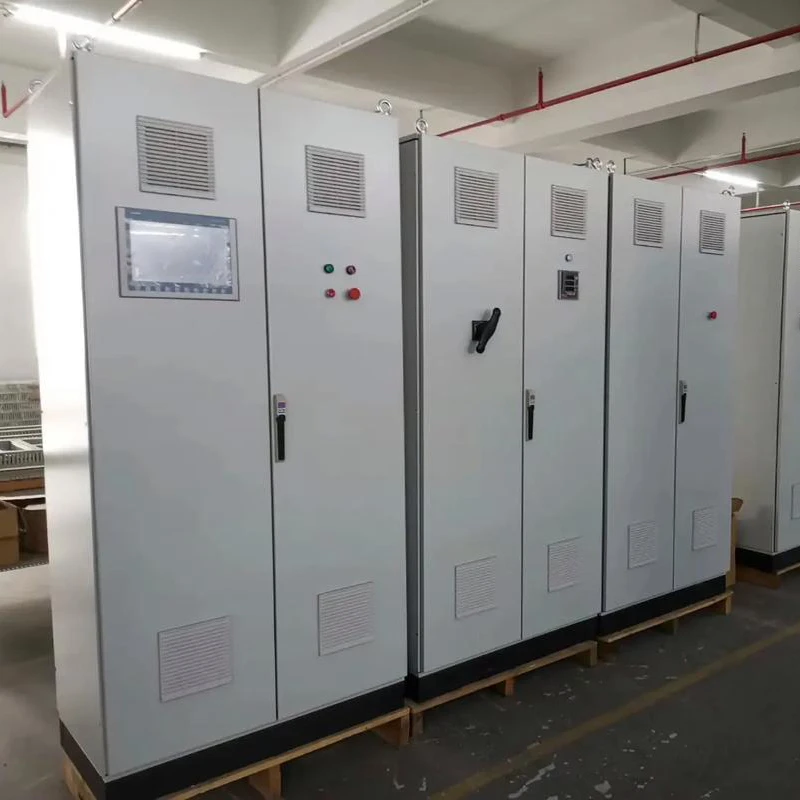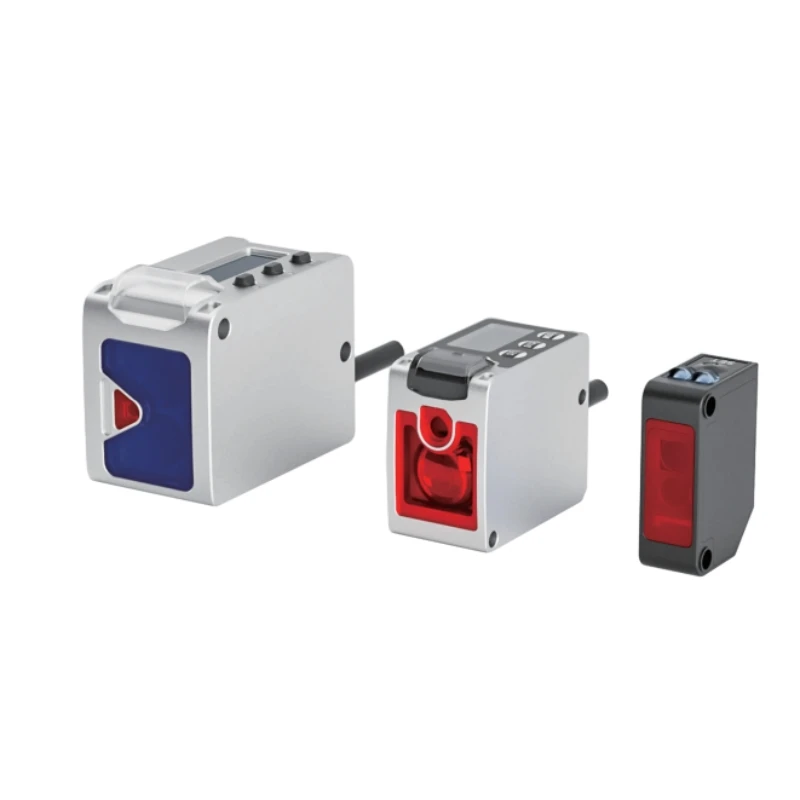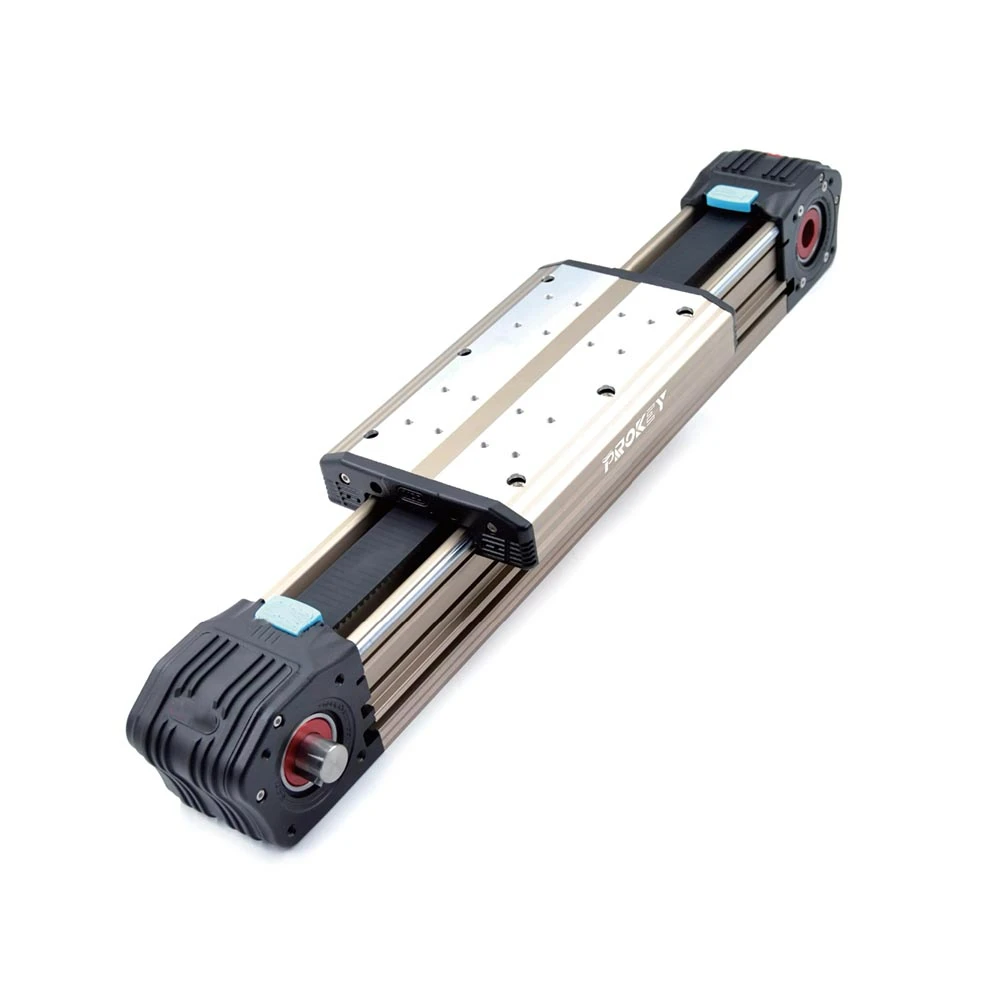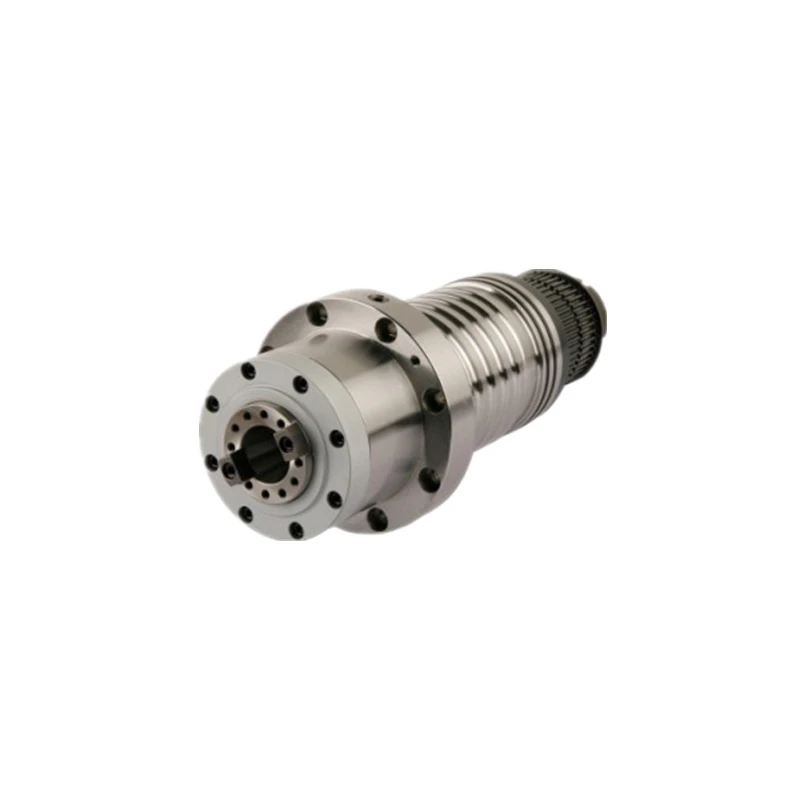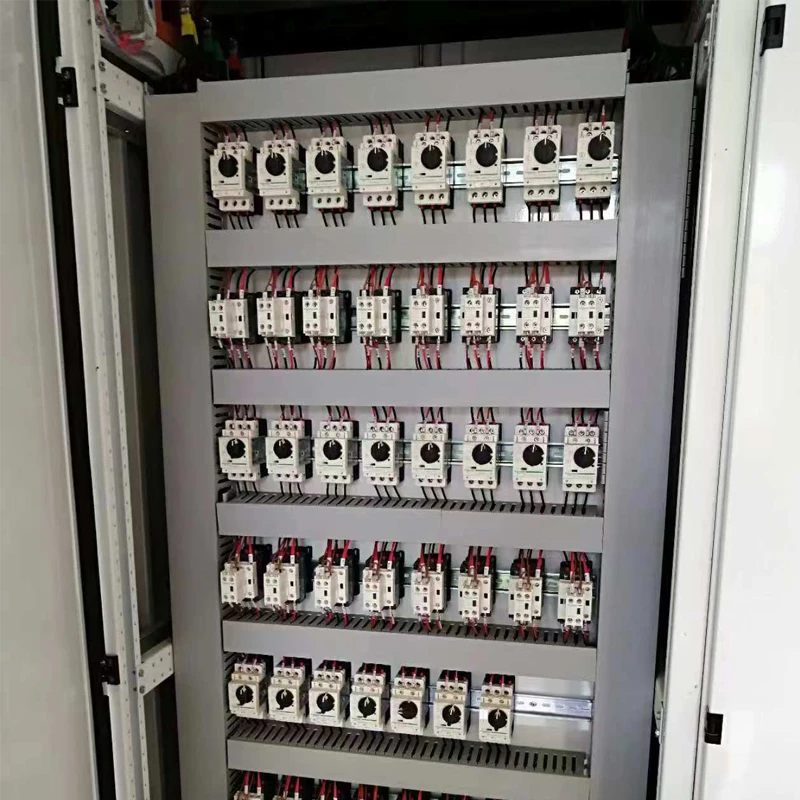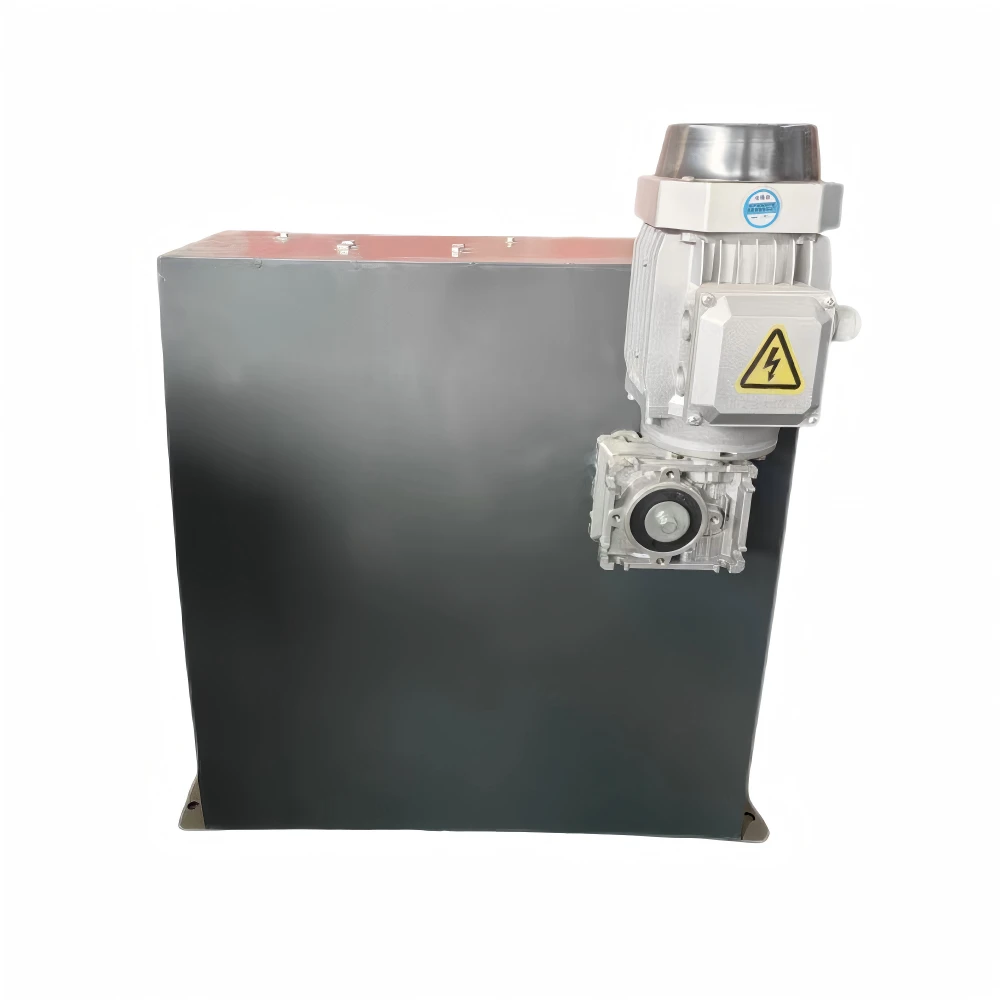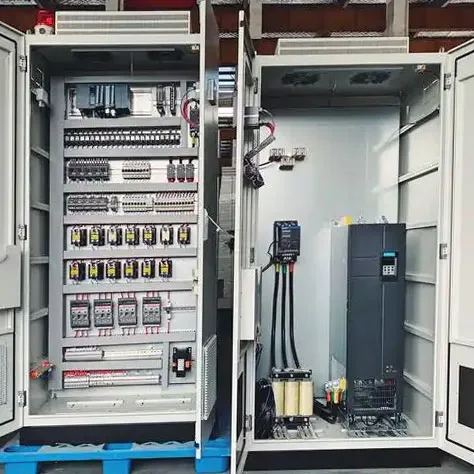2 月 . 18, 2025 09:48 Back to list
The Role of PLC Programming in Renewable Energy Systems
As the world shifts toward more sustainable energy solutions, renewable energy systems are playing an increasingly important role in meeting global energy demands. Solar, wind, hydroelectric, and geothermal power are not only sustainable but also crucial to reducing carbon emissions and mitigating climate change. However, like all industrial systems, renewable energy operations require precise control, automation, and monitoring to ensure efficiency and reliability. This is where Programmable Logic Controllers (PLCs) come into play. PLC programming serves as the backbone of many renewable energy systems, enabling real-time control, data analysis, and optimized performance.

Automation and Control in Renewable Energy Systems About PLC Programming
At the core of any renewable energy operation lies the need for automated control systems that can monitor and manage various processes in real time. PLCs are ideal for this task, as they are highly reliable and capable of handling complex industrial processes in harsh environments. Whether it's controlling wind turbines, managing solar inverters, or regulating water flow in a hydroelectric plant, PLC programming ensures that all components work in harmony, delivering consistent energy output.
In a solar power system, for example, PLCs are used to monitor the output of solar panels, track sun position, and adjust the orientation of solar arrays for maximum efficiency. Similarly, in wind energy systems, PLCs control turbine speed, blade pitch, and power output, responding to environmental factors like wind speed and direction. By automating these processes, PLCs help maximize the energy generated from renewable sources while minimizing downtime and operational costs.
Real-Time Monitoring and Data Collection About PLC Programming
One of the key benefits of integrating industrial plc into renewable energy systems is their ability to provide real-time monitoring and data collection. Renewable energy sources, such as wind and solar, are inherently variable and dependent on environmental conditions. To ensure consistent energy production, it’s crucial to continuously monitor performance and adjust operations based on real-time data.
PLCs are equipped with sensors that track key performance metrics such as temperature, pressure, flow rates, and power output. This data is then fed into central control systems where it can be analyzed for trends, anomalies, or inefficiencies. For example, in wind farms, PLCs can monitor turbine vibrations to detect potential mechanical issues before they lead to costly repairs or system failure. Similarly, in solar power plants, PLCs can track the performance of individual panels and identify any that are underperforming, ensuring that corrective actions can be taken immediately.
By collecting and processing data in real time, PLC programming enables operators to respond quickly to changing conditions, optimize performance, and minimize energy loss. This is particularly important in renewable energy systems, where small adjustments can have a significant impact on overall energy output.
Integration with Other Systems and IoT About PLC Programming
The integration of PLCs with other systems, including supervisory control and data acquisition (SCADA) systems and the Internet of Things (IoT), enhances the capabilities of renewable energy operations. SCADA systems allow operators to remotely monitor and control large-scale renewable energy installations, while IoT devices enable real-time communication between various components across the grid.
In renewable energy systems, PLCs serve as the interface between field devices (such as sensors, actuators, and inverters) and higher-level systems like SCADA or energy management software. This integration ensures that all components work together efficiently, providing operators with a unified view of the entire system. For example, in a hybrid solar-wind energy plant, PLCs can help coordinate the output from both sources, ensuring that energy is distributed effectively based on current weather conditions and energy demand.
Additionally, IoT integration allows for predictive maintenance and advanced analytics. By transmitting performance data to cloud-based platforms, PLCs help generate insights that can be used to predict when equipment is likely to fail, allowing for preemptive repairs and reducing downtime. This predictive capability is particularly valuable in renewable energy systems, where maintenance can be costly and time-consuming due to the remote locations of many installations.
Optimizing Energy Production and Storage With PLC Programming
Renewable energy systems often face the challenge of intermittent energy production. Solar and wind power, in particular, are dependent on weather conditions and time of day. To address this challenge, many renewable energy plants integrate energy storage systems, such as batteries, to store excess energy when production exceeds demand. PLC programming plays a crucial role in managing these energy storage systems, ensuring that power is efficiently stored and distributed when needed.
In a solar plant, for instance, PLCs monitor the level of charge in the storage batteries and control when the energy should be diverted to storage or sent to the grid. In wind farms, PLCs manage the storage of energy during periods of high wind, ensuring that excess power is not wasted. The integration of PLCs with energy storage systems also allows for dynamic adjustments based on grid demand. If there is a sudden spike in energy consumption, the system can quickly discharge stored energy to meet the demand, ensuring grid stability.
Moreover, PLCs help optimize the overall efficiency of renewable energy plants by balancing energy production, storage, and distribution. By ensuring that energy is used when it is most needed, PLCs help minimize waste, reduce reliance on non-renewable sources, and enhance the economic viability of renewable energy projects.
-
Why Steel Mills Rely on FODA’s High-Temperature Cylindrical Roller Bearings?
NewsApr.10,2025
-
What is a Plain Bearing? A Complete Guide to Design & Functionality
NewsApr.10,2025
-
Thrust Ball Bearings vs. Tapered Roller Bearings: FODA’s Performance Comparison
NewsApr.10,2025
-
The Engineering Behind FODA Thrust Ball Bearings: Precision for High-Speed Applications
NewsApr.10,2025
-
No More Compromises: Get Precision-Engineered Custom Bearings Tailored to Your Exact Specifications
NewsApr.10,2025
-
In-Depth Analysis: Application Differences of Different Types of Angular Contact Ball Bearings
NewsApr.10,2025
Products categories



